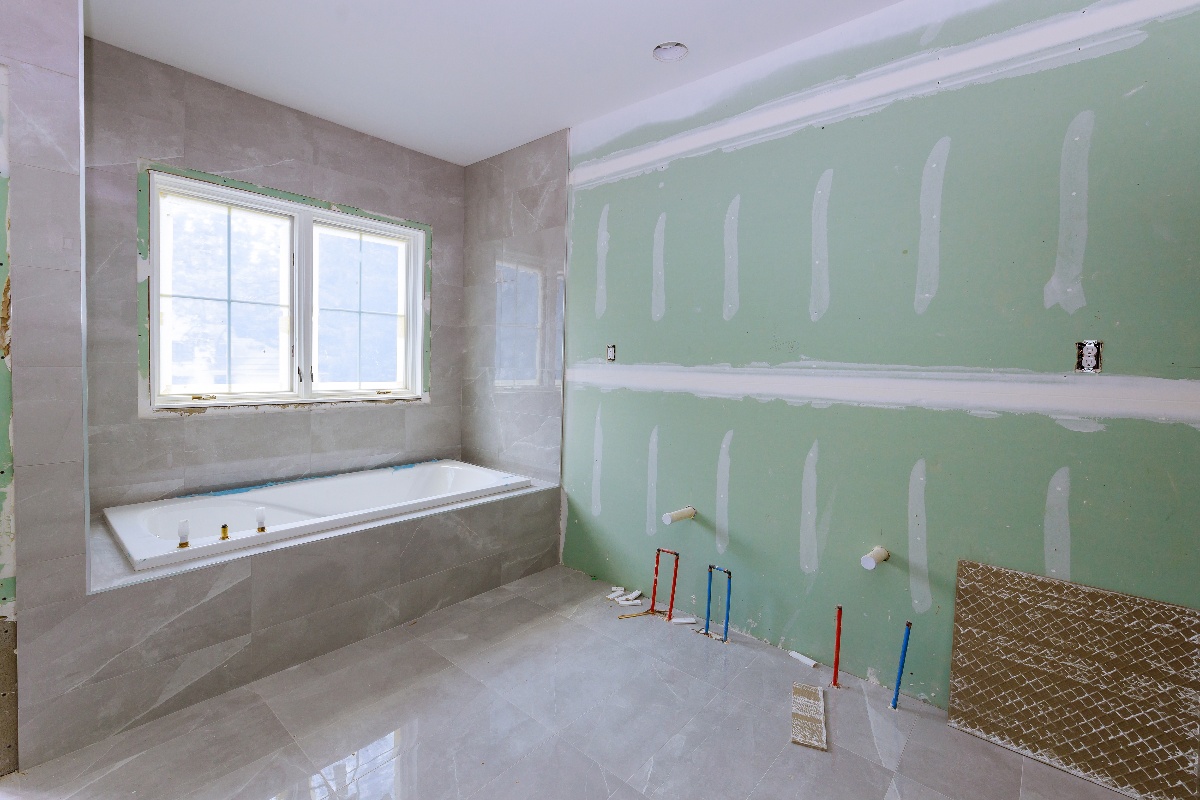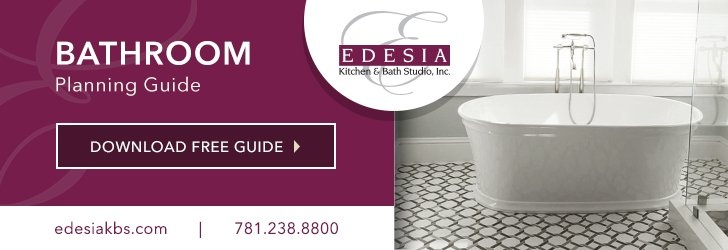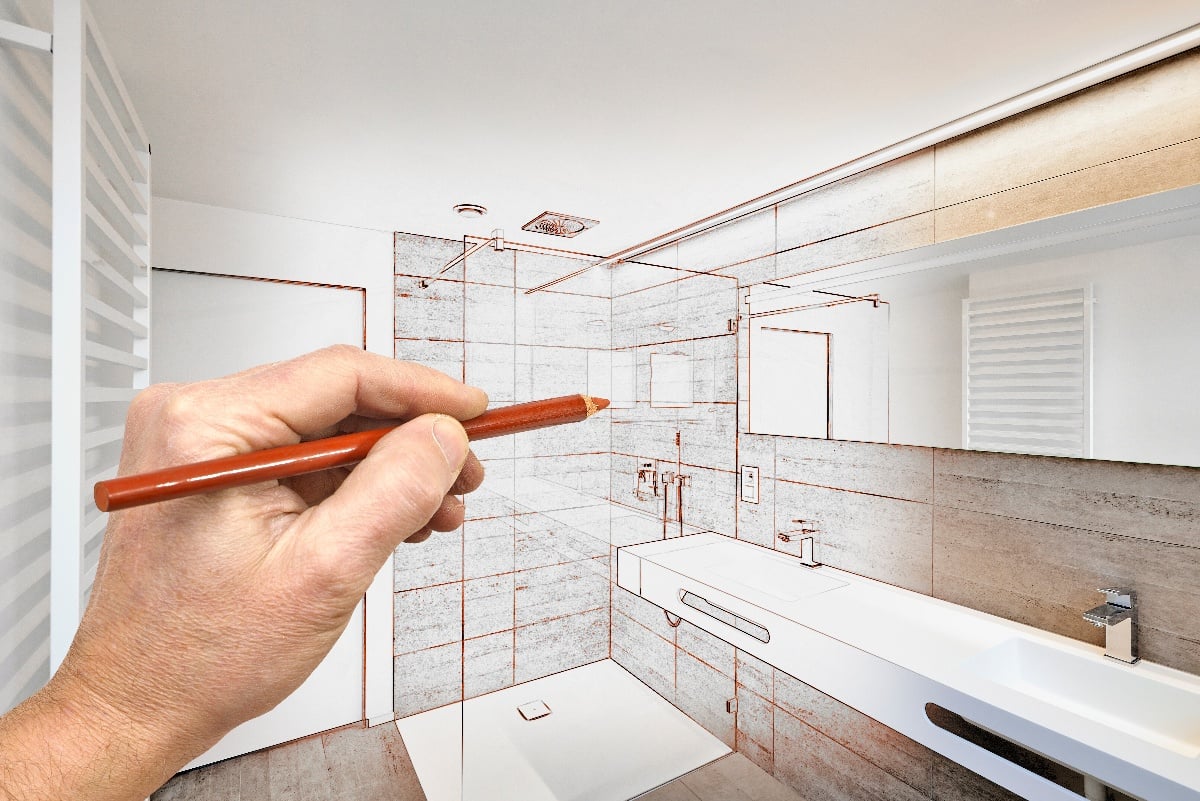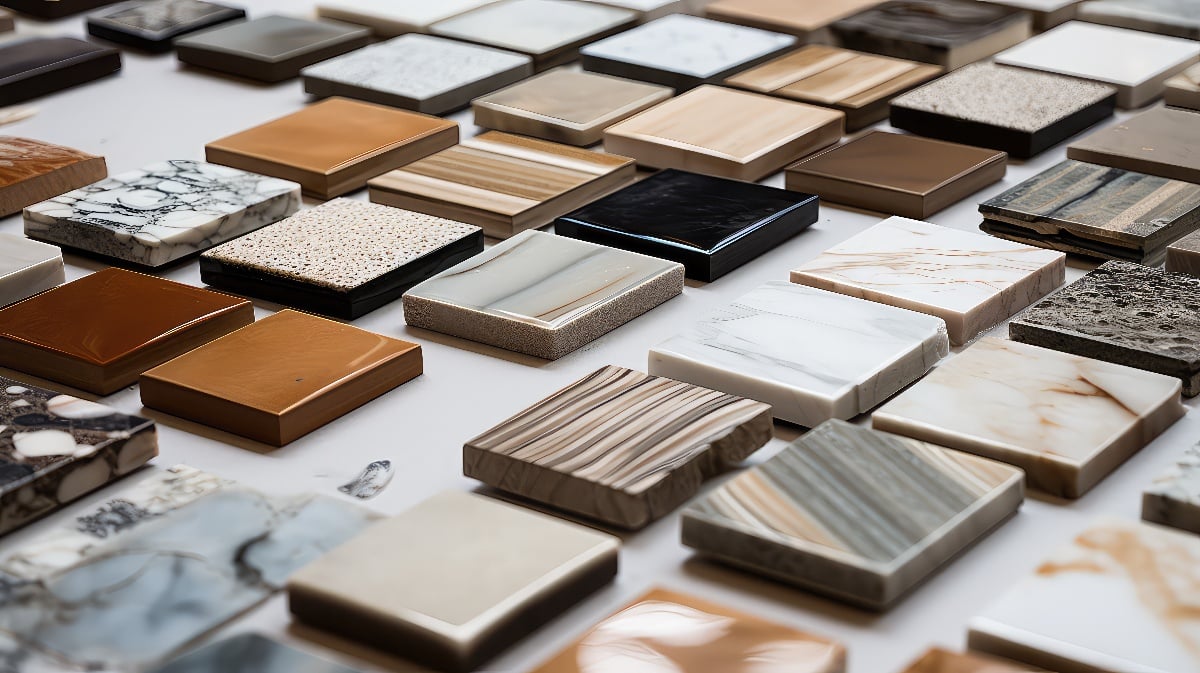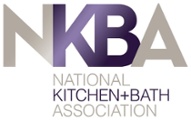You've been dreaming of a bathroom remodel for years. The outdated fixtures, worn surfaces, and cramped layout have you longing for an oasis of relaxation and renewal. But where do you start? Remodeling a bathroom can seem daunting, especially for beginners. Not to worry! This guide will walk you through the process from start to finish. With some smart planning, the right materials and design, and a few clever DIY techniques, you can create the bathroom of your dreams on a budget.
We'll cover setting a realistic timeline and budget, choosing fixtures and finishes, updating plumbing and lighting, and tips for maximizing storage. You'll learn how to work with contractors or take on projects yourself.
Follow this beginner's guide to turn your dreary, dated bathroom into a stylish and functional space you'll be excited to spend time in every day.
Setting a Budget for Your Bathroom Remodel
When it comes to any remodeling project, setting a budget should be your first step. For a bathroom, you'll want to determine how much you can spend to get the space of your dreams.
Materials and fixtures
The largest portion of your budget will go towards materials and fixtures like tile, countertops, a tub or shower, vanity, mirror, flooring, paint, and hardware. Do some research on current prices for items you want to upgrade. You may need to adjust your wish list to fit your budget.
Labor
Unless you're quite handy, you'll need to hire contractors to do the work. Get estimates from local contractors to determine labor costs. The total hours needed can vary greatly depending on the size and scope of your remodel.
Unforeseen expenses
It's a good idea to pad your budget by at least 20% to account for any unforeseen issues that come up during demolition or construction. Plumbing or electrical problems are often uncovered, and you'll want to have funds set aside in case your contractor encounters anything major.
Setting a total budget
Once you determine costs for materials, fixtures, labor, and potential unforeseen issues, you can set your total budget. Make sure it's a number you can actually afford before starting your remodel. It may help to get preapproved for a home improvement loan. With your budget in place, you can make the final decisions on how you want your new bathroom to look!
Choosing Materials and Fixtures for Your New Bathroom
When remodeling your bathroom, the options for materials and fixtures can feel endless. Where do you even start?
Flooring
For the floor, ceramic tile, natural stone, and vinyl are popular, low-maintenance choices. Ceramic tile comes in a variety of styles and price points. Natural stone like travertine or slate looks high end but requires sealing. Vinyl planks resemble wood or stone with less hassle.
Countertops
For the vanity countertop, quartz and granite are stylish options that hold up well to moisture. Quartz is virtually maintenance-free while granite requires sealing. For a budget-friendly choice, laminate countertops have come a long way in resembling higher-end materials.
Cabinets
Cabinets set the tone for a bathroom's style. Wood, laminate and thermofoil are options at multiple price points. Semi-custom or full custom wood cabinets offer high quality and customization but at a higher cost. Laminate and thermofoil cabinets resemble wood at a lower price.
Plumbing fixtures
With plumbing fixtures like faucets, showers, and toilets, balancing style and function is key. Look for solid brass or stainless steel faucets for durability. For showers, consider a tub/shower combo or walk-in shower based on your needs. Choose a toilet suited for your space and needs - standard, compact elongated or wall-mounted.
With some thought on materials and fixtures, you'll be well on your way to a bathroom remodel you'll enjoy for years to come. Focus on high-use items, buy the best you can afford, and you really can't go wrong. Happy remodeling!
Designing Your Dream Bathroom Layout
The layout of your bathroom is key to its functionality and how much you enjoy the space. Think about how you currently use your bathroom and how you’d ideally like to use the space after remodeling.
Do you prefer separate areas for the toilet, tub, and sink or an open concept? Determining the right layout for your needs and preferences will ensure you create a bathroom you love.
Choose fixtures wisely
Select high-quality, durable fixtures that also reflect your personal style. Porcelain or ceramic toilets, sinks, and tubs are classic, low-maintenance options. For smaller bathrooms, consider a corner sink or triangular sink to open up more floor space. A freestanding tub takes up space but makes a stylish focal point. Choose fixtures in a cohesive style and finish for a pulled-together look.
Think about storage
Incorporate plenty of storage into your layout. Cabinets, a linen closet, recessed shelves, and a medicine cabinet keep everything tidy. Make sure to include storage for towels, toiletries, cleaning supplies, and bath toys. For small bathrooms, use space-saving storage furniture and wall-mounted cabinets to keep the floor clear.
Light it right
Proper lighting is essential for a functional bathroom. Use natural light from windows as much as possible. Supplement with overhead lighting, sconces, and task lighting at the vanity. Dimmer switches give you full control over the amount of light. Place strip lighting or nightlights along the floor for safe navigation in the dark.
Ventilation is a must
Adequate ventilation prevents excess moisture buildup that can lead to mold and water damage. Choose an energy-efficient exhaust fan and run it during and after showers. For the best results, choose a fan with a timer that will run for 20-30 minutes after you leave the bathroom. Make sure any windows in the bathroom can open to provide supplemental ventilation and fresh air.
With some thoughtful planning, you can design a bathroom layout tailored to your needs and personal style. Keeping fixtures, storage, lighting, and ventilation in mind will help you create a functional, enjoyable space for relaxing and refreshing.
Hiring the Right Contractor for Your Bathroom Remodel Project
Finding a reputable contractor is key to a successful bathroom remodel. Ask friends or family members who’ve recently remodeled for referrals, or check sites like HomeAdvisor or Angie’s List for top-rated pros in your area. Once you have a few options, schedule consultations.
Check Credentials and References
Make sure any contractors you consider are properly licensed and insured in your state. Ask for references from previous clients and actually call them. Ask about the quality of work, if the job was completed on time and budget, and if they would hire that contractor again.
Compare Bids and Ask Questions
Get itemized bids from at least three contractors you connect with. Compare line by line to determine what’s included to avoid surprises. Don’t just go with the lowest bid—choose a contractor you trust who understands your vision.
Ask lots of questions about materials, timelines, and how they handle challenges. A good contractor will be transparent and help you understand what’s involved.
Put it in Writing
Once you choose a contractor, get a detailed contract in writing before any work begins. It should specify materials, costs, start and completion dates, and the payment schedule. Never pay the full amount upfront. A typical schedule is 10% down, three installments of 25% during the project, and the final 25% upon completion.
Communicate Regularly
Meet with your contractor regularly to ensure the work is progressing as planned. Provide input and feedback along the way, especially for key decisions around layout, finishes, and fixtures. Take progress photos and do a final walkthrough when the work is complete to identify any issues before final payment.
With the right planning and by hiring a reputable professional, you'll end up with a bathroom remodel you love—and a process that doesn't leave you tearing your hair out at the end! Staying on top of the details and maintaining open communication is the key to success.
Bathroom Remodeling Tips and Tricks for Beginners
Get Inspiration
Before diving into your remodel, look for ideas to inspire your dream bathroom. Check out home improvement shows, Pinterest, Instagram and design websites for the latest trends. Save photos of bathrooms with features you love. This will help ensure your final design is something you'll enjoy for years to come.
Set a Realistic Budget
Once you have an idea of what you want, determine how much you can afford to spend. The average bathroom remodel costs between $10,000 to $30,000. Setting a budget will help guide your material and fixture selections. Look for ways to save, such as keeping the layout similar and reusing items like vanities, mirrors or flooring. Focus your budget on high impact areas like new countertops, lighting, paint or cabinet hardware.
Plan the Layout
Now that you have ideas and a budget, think about how to arrange the key elements in your space. If possible, avoid moving plumbing fixtures which can add significantly to costs. Instead, look for ways to open up the room by removing walls or adding new lighting. Consider a pedestal or wall-mount sink to save floor space. Once you have a layout, create a drawing to determine if everything fits well before starting the remodel.
Hire a Pro for Plumbing and Electrical
If your remodel involves moving plumbing fixtures or electrical wiring, hire a licensed professional. Attempting plumbing or electrical work yourself to save money often ends up costing more in the long run. Professionals have the experience to get the work done properly and up to code the first time. They can also advise you on any permits needed before starting your remodel.
Following these tips will set you up for success with your first bathroom remodel. Take your time in the planning stages, set a realistic budget and don't be afraid to ask for help from the pros when needed. With some patience, you'll be enjoying your brand new bathroom in no time!
Conclusion
So there you have it, a beginner's guide to remodeling your bathroom. We've covered the basics from planning and budgeting to hiring contractors and doing the work yourself. The key is taking it one step at a time, being patient, and asking for help when you need it. Tackling a bathroom remodel is a big project but can make a huge difference in your home.
When it's finished you'll have a beautiful new space to enjoy for years to come. And you'll gain confidence to take on your next DIY adventure, maybe a kitchen remodel! Whatever home improvement projects you decide to work on, approach them with enthusiasm and remember - it's ok to make mistakes. The lessons you learn will be invaluable.

